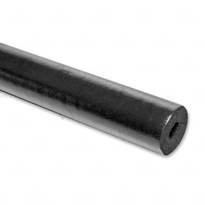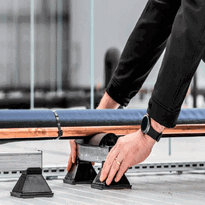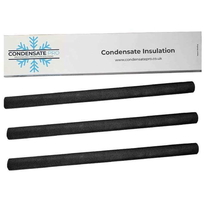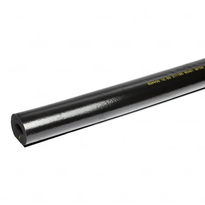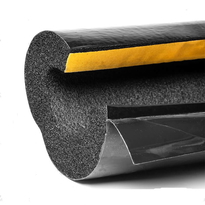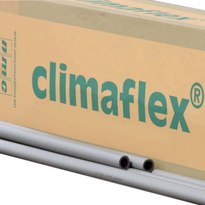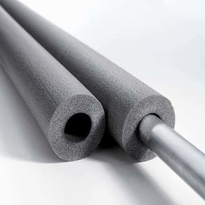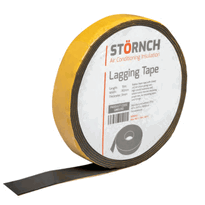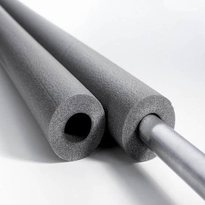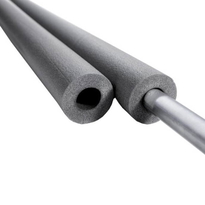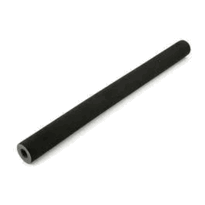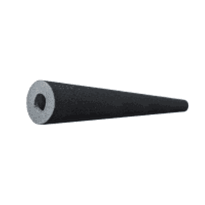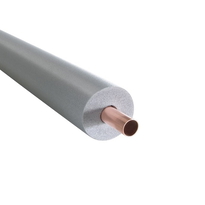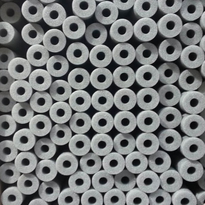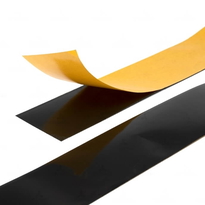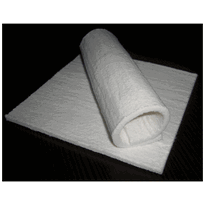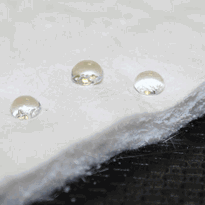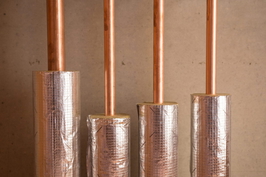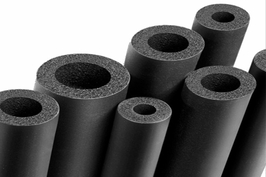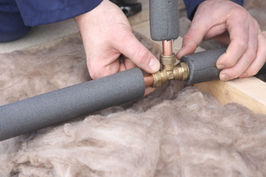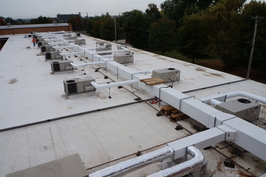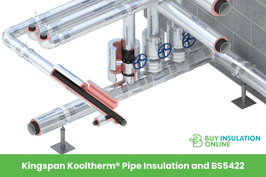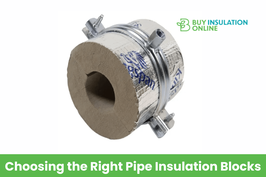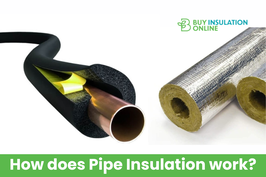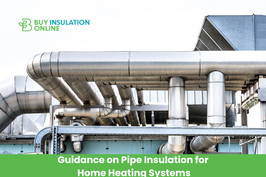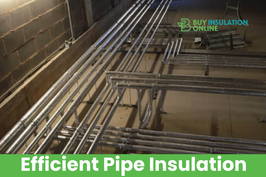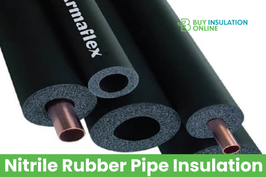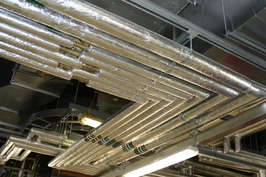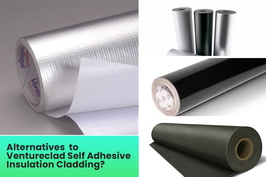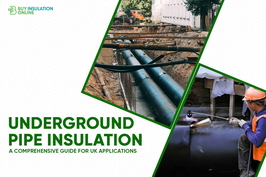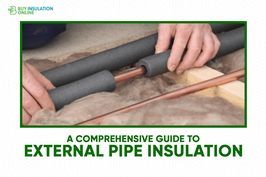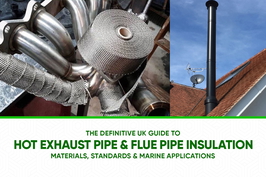External Pipe Insulation 32MM
External pipe insulation with a thickness of 32mm offers excellent thermal protection, effectively reducing heat loss and helping to prevent pipe freezing. This leads to decreased energy consumption across residential, commercial, and industrial settings. Suitable for insulating water, HVAC, refrigerant, and outdoor pipes, it is typically manufactured from resistant materials such as nitrile foam or EPDM.
Proper installation is essential to ensure optimal performance. This involves measuring the length of the pipe accurately and cutting the insulation slightly longer than the pipe to accommodate any irregularities. It is important to ensure a tight fitting around the pipe to minimize heat transfer and prevent moisture ingress.
Additional application tips include inspecting the insulation for any damage before installation and securing it firmly with suitable clips or adhesive where necessary. Using high-quality materials designed for outdoor exposure will enhance durability and long-term performance.
By choosing the right insulation and following correct installation procedures, you can effectively maintain system efficiency and safeguard pipes against adverse weather conditions.
Benefits of 32MM External Pipe Insulation
External pipe insulation of 32 millimeters thickness offers notable advantages, primarily by enhancing energy efficiency and reducing heat loss. This insulation thickness is effective in maintaining the internal temperature of water or other fluids within the pipes, preventing heat from escaping. Consequently, the fluid remains approximately 2 degrees Celsius warmer compared to uninsulated pipes, which reduces the amount of energy needed for reheating. This improved insulation also helps prevent pipe freezing in cold weather. Lower heat loss directly translates into decreased energy consumption, leading to reduced utility bills and improved overall efficiency of heating systems. Furthermore, this insulation reduces the workload on boilers and heaters, which can help extend their operational lifespan and minimize maintenance requirements.
Key Applications and Suitable Environments
The primary applications of 32-millimeter external pipe insulation encompass a diverse range of environments and systems where maintaining thermal efficiency, preventing condensation, and safeguarding pipes from external factors are essential. This type of insulation is widely employed in residential and commercial water systems to minimize energy loss, prevent frost formation, and control mould growth in humid conditions. In heating, ventilation, and air conditioning (HVAC) applications, it insulates ductwork and refrigerant pipes, enhancing system efficiency and reducing condensation issues.
In industrial contexts, 32-millimeter pipe insulation offers robust resistance against chemicals, oils, and ozone exposure, making it suitable for hot fluid pipes operating at temperatures up to 150 °C. For outdoor or underground piping, materials with ultraviolet (UV) resistance, such as EPDM foam rubber, help ensure durability against weather conditions and physical damage. The optimal choice of insulation material and thickness depends on the specific requirements of the environment and the temperature ranges involved.
Environment / Application |
Key Benefits |
| Residential / Water Systems | Reduces energy consumption, provides frost protection, controls mould growth |
| HVAC / Cooling Systems | Minimises condensation, improves overall system efficiency |
| Industrial Settings | Offers chemical resistance, durability, and high-temperature tolerance |
| Outdoor / Underground Pipelines | UV-resistant, resilient against physical impacts and freeze-thaw cycles |
| Renewable Energy Systems | Weather-resistant, capable of withstanding high temperatures, and offers long-term stability |
Using 32-millimeter external pipe insulation in the appropriate setting can significantly enhance operational efficiency, reduce maintenance needs, and extend the lifespan of the piping infrastructure. The selection process should always consider the specific environmental demands and temperature ranges present in the application, ensuring the most effective and durable insulation solution. Additionally, understanding the structural differences of insulation materials helps in making optimal choices for various environmental challenges.
Installation Tips for Optimal Performance
Ensuring proper installation of external pipe insulation is essential for achieving maximum thermal efficiency, durability, and long-term performance. Accurate measurement of the pipe’s outside diameter is critical, especially for steel pipes where wall thickness influences insulation fitting. Measuring the pipe diameter correctly helps in selecting the right insulation size. Selecting 32mm wall thickness insulation provides adequate thermal protection and UV resistance, making it suitable for outdoor applications. Cutting the insulation slightly longer than required allows for compression during fitting, which helps to eliminate any gaps that could compromise performance. Incorporating weather-resistant coatings can further extend the lifespan of the insulation in exposed environments. Before installation, surfaces must be clean and dry to promote adhesion and prevent deterioration over time. During fitting, gently slide the insulation onto the pipe using a pushing motion combined with a rotary movement to avoid damaging the material. Apply adhesive carefully at joints and the ends of the insulation, ensuring overlaps are sealed with suitable tape for complete coverage. Proper handling, compression, and sealing practices are vital to maintain the insulation’s integrity, supporting reliable and long-lasting performance, even in challenging outdoor environments.
Material Safety and Environmental Features
Material safety and environmental features are essential considerations when selecting external pipe insulation, as these factors directly influence human health and ecological sustainability.
Nitrile foam insulation, such as Armaflex, is free from chlorofluorocarbons (CFCs) and has zero ozone depletion potential, aligning with environmental conservation objectives. Elastomeric nitrile rubber naturally provides flame retardancy without relying on harmful blowing agents, thereby reducing impacts on global warming. Additionally, products like Armaflex are resistant to degradation caused by ozone, oils, and chemicals, ensuring durable performance over time without releasing toxic substances into the environment. Their durability minimizes waste and replacement frequency, which further supports sustainability efforts. The closed-cell architecture of these insulations prevents moisture ingress, which helps minimise the growth of mould and bacteria. Their dust-free formulations not only promote a healthier indoor environment but also contribute to better indoor air quality. Furthermore, environmentally friendly packaging supports overall ecological responsibility by reducing waste and carbon footprint. These materials are also formulated to be recyclable and eco-friendly, supporting environmental sustainability at every stage of their lifecycle.
Conclusion
In conclusion, 32mm external pipe insulation provides effective thermal protection, helping to minimize energy loss and prevent pipes from freezing in a variety of settings. Correct selection of materials, careful consideration of installation techniques, and compliance with safety standards are essential for optimizing insulation performance and longevity. By adhering to detailed installation guidelines, users can enhance energy efficiency, ensure safety, and achieve durable, reliable results. Overall, 32mm insulation is a practical and efficient choice for piping systems in both commercial and residential environments across the UK.
